The historical Buddha is an embodiment of all the virtues that He preached. He translated all His words into action. He was tireless in His spreading of the Truth and was the perfect model example. At no time did He ever show any human weakness or base passion. His qualities of Morality, Wisdom and Compassion are the most perfect the world has ever known.
You Can Become Perfect
The Buddha represents the highest peak of spiritual cultivation possible. He taught that all could attain true perfection. No other founder of a religion has ever said that its followers too have the same chance to gain the same experience of peace, happiness and salvation as Him. But the Buddha taught that anyone could attain the same bliss of supreme Enlightenment if one was to practice as He did.




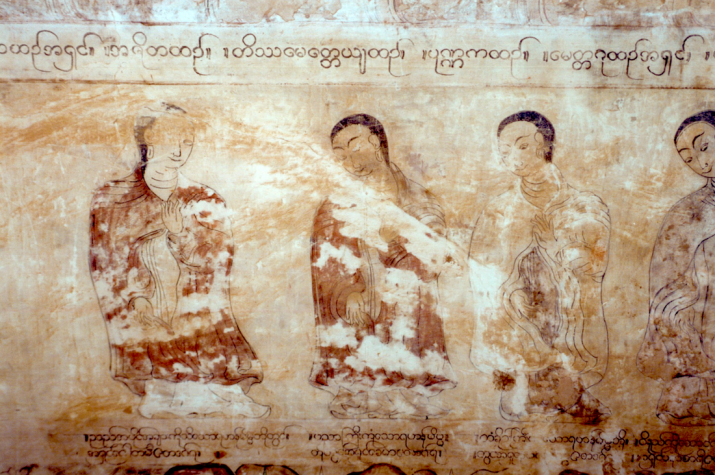


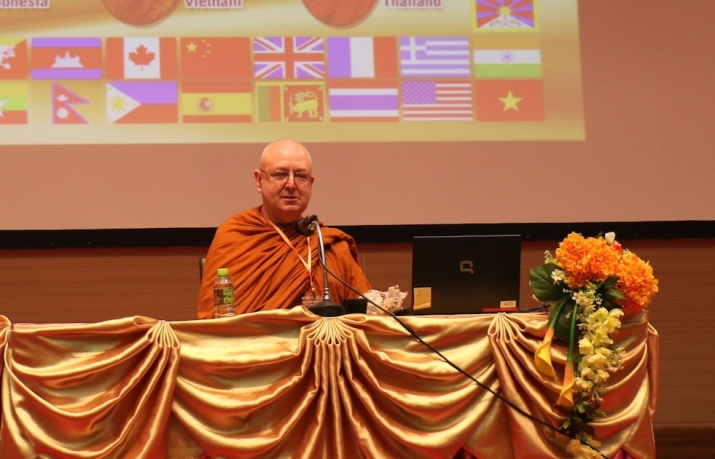




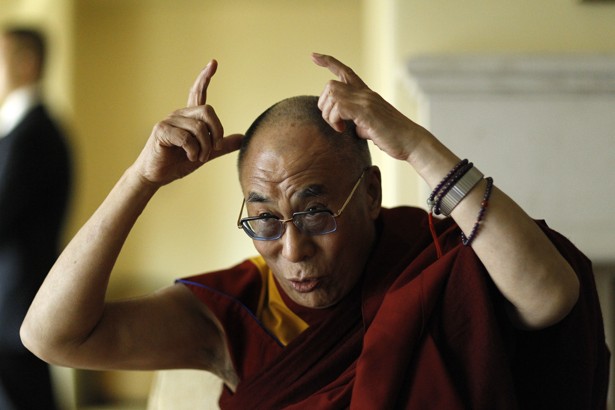




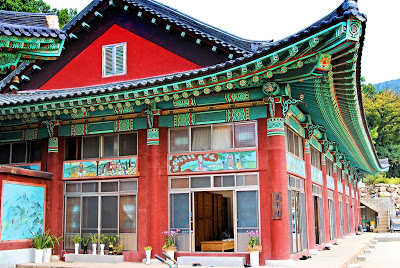 << Seongju-Sa, where finalists of the K-POP World Festival from 16 different countries participated in the TempleStay program
<< Seongju-Sa, where finalists of the K-POP World Festival from 16 different countries participated in the TempleStay program
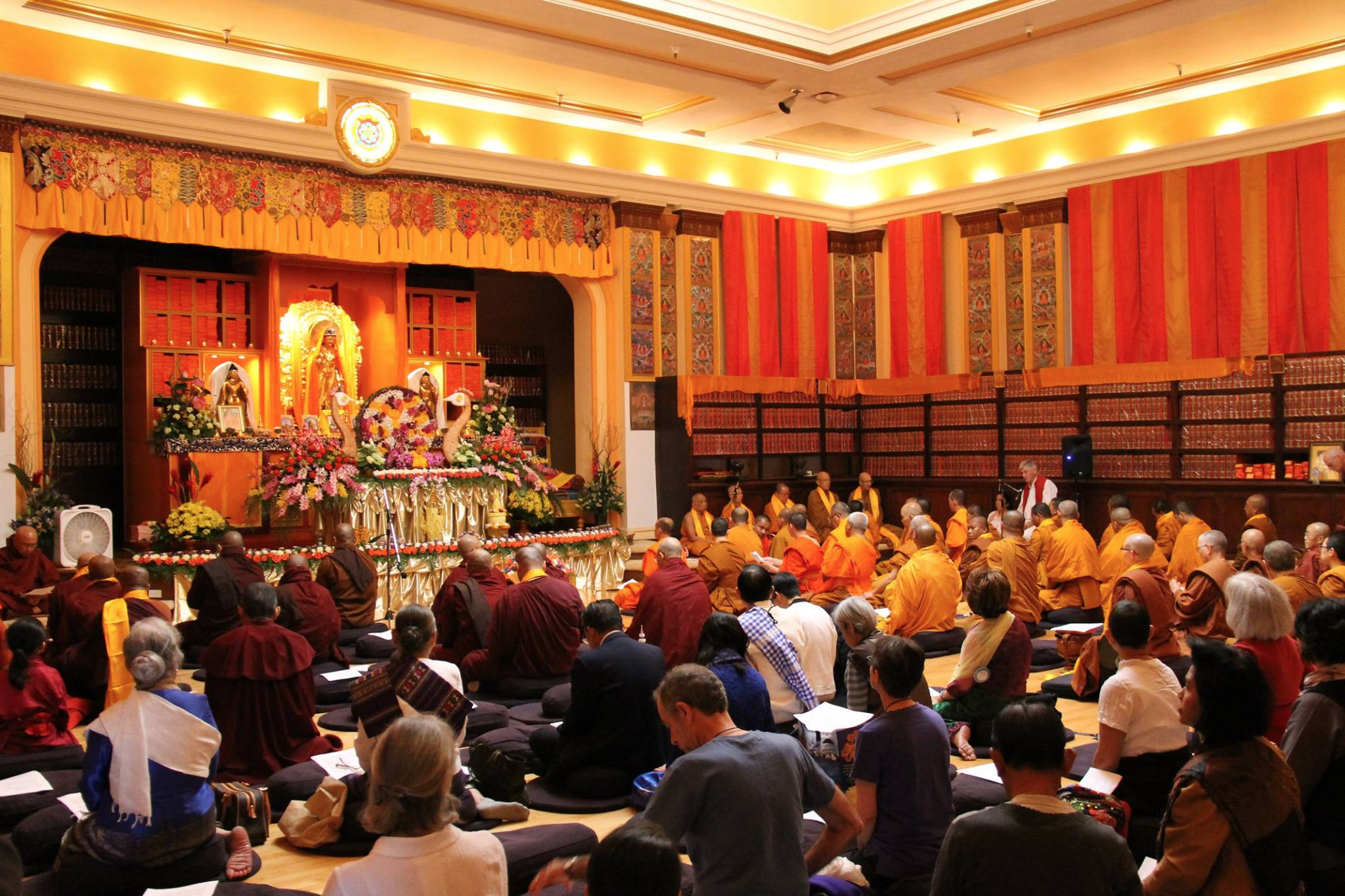





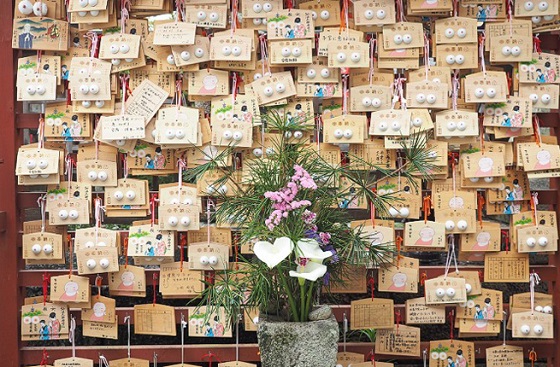

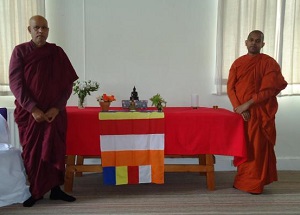 << BUDDHISTS in Kendal are celebrating 25 years of practising their faith together.
<< BUDDHISTS in Kendal are celebrating 25 years of practising their faith together.

